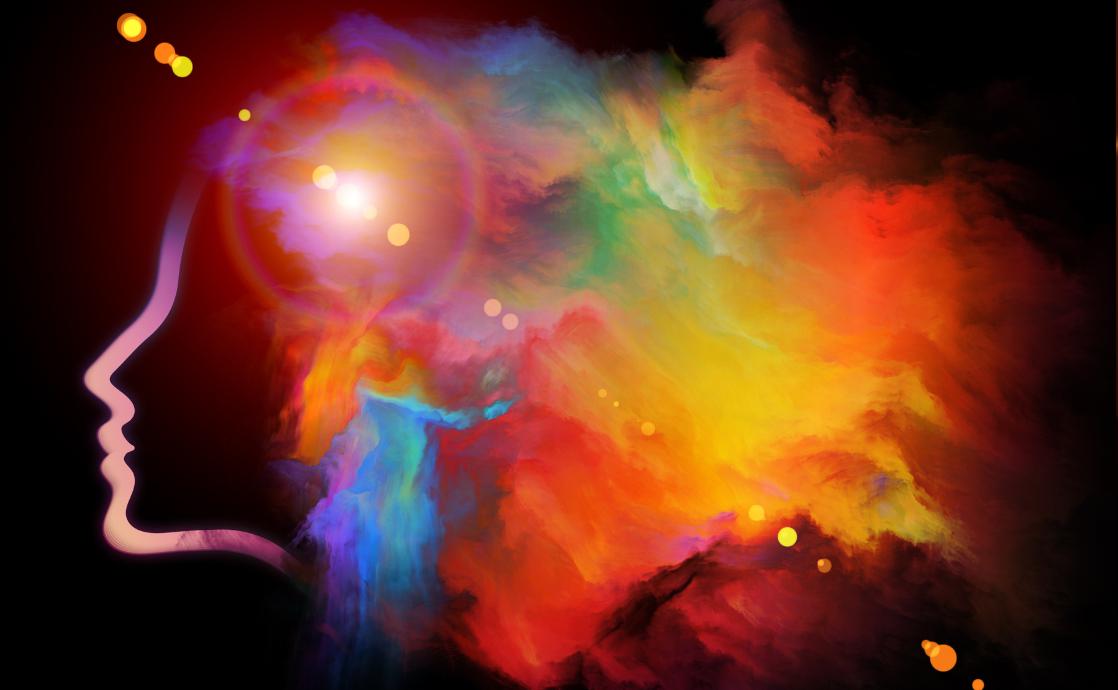In the ever-evolving tapestry of religious and spiritual traditions, the Baha’i Faith proffers a multifaceted approach to life that intertwines the realms of art and devotion, urging individuals to embody a profound sense of prayerfulness. The theme “The Heart of Art: Living Artfully in a State of Prayer” serves as a poignant metaphor that invites followers and seekers alike to explore the intricate relationship between creativity and spirituality. This exploration transcends mere aesthetics, tapping into the core of human experience—where art manifests as a medium of connection with the divine.
To embark on this journey, one must first comprehend the essence of art within the Baha’i framework. Art, in this context, is not merely an expression of beauty but a reflection of the divine spirit inherent in every individual. The Baha’i teachings encourage the recognition of the artist’s role as a channel for spiritual revelation. This perspective imbues the creative process with a sense of purpose; artistry becomes an act of worship. Every brush stroke, musical note, and poetic verse emerges from a heart attuned to the divine, thus transforming art into a form of prayer.
The metaphor of the heart serves as a linchpin in understanding this synthesis of art and spirituality. Just as the heart is the organ that sustains life, it is also a symbol of emotional and spiritual depth. Living artfully in a state of prayer demands a heart that is open, receptive, and willing to engage with the silent yet resonant call of the divine. This concept evokes a sense of intentionality—every action, be it a chore or a creative endeavor, should be approached with a reverent mindfulness that elevates it beyond the mundane. Within this framework, art becomes a sanctuary, a sacred space where the soul can commune with the divine essence.
This enhances our understanding of artistic expression as an endeavor that transcends personal gratification. The Baha’i teachings posit that true beauty is not merely found in the artwork itself, but in its capacity to inspire and uplift others. Art, therefore, becomes an altruistic mission—a vehicle through which the artist can contribute to the greater good. This perspective radiates a call to artists and creators: to infuse their work with the loving kindness and compassion integral to the Baha’i teachings. By doing so, they can create an emotional resonance that reverberates through the lives of others, fostering a collective sense of connectedness.
Moreover, inherent in this synthesis between art and spirituality is the recognition of the transformative power of creativity. The act of creation can catalyze personal and communal metamorphosis, serving as a means to navigate the vicissitudes of life. Artistic endeavors, when approached as a form of prayerful expression, hold the potential to heal both individual and collective wounds. For instance, communities facing adversity can find solace and unity through shared artistic experiences—be it in music, dance, or visual art—as they channel their struggles into a collective narrative of resilience.
The notion of living artfully also encompasses the everyday. It invites individuals to infuse their daily routines with a sense of aesthetic appreciation and spiritual mindfulness. This approach aligns with the Baha’i principle of seeing the divine in all aspects of life. Mundane tasks can transform into sacred rituals when performed with intention. The simple act of cooking, for instance, can be elevated to an art form when approached with creativity, love, and mindfulness. Each ingredient becomes a symbol of abundance, each meal a communal act of love. This perspective not only enriches the individual experience but also reinforces the interconnectedness that the Baha’i teachings advocate.
To facilitate a deeper understanding of this concept, one might consider the role of silence in the creative process. Silence, often overlooked, is a fertile ground for inspiration. It is in moments of stillness that the heart can truly attune itself to the whisperings of the divine. Baha’i teachings embody the principle that quiet contemplation is essential for spiritual growth, serving as a catalyst for artistic revelation. By cultivating moments of silence, individuals can invite creativity into their lives, allowing ideas and inspirations to emerge organically—much like the growth of a delicate flower in spring.
Furthermore, the interplay of community and art introduces another layer to this discourse. The Baha’i Faith emphasizes the significance of community in spiritual practice and artistic expression alike. Engaging with fellow creators can foster an environment where ideas flourish, encouraging collaboration and collective creativity. Communal art projects, workshops, or shared artistic spaces can nourish the spirit and invigorate one’s creative journey, reinforcing the understanding that art is a shared experience that resonates beyond the individual.
Ultimately, embracing the metaphor of “The Heart of Art” as it relates to living artfully in a state of prayer invites individuals to transcend conventional boundaries. It challenges artists to perceive their work as a spiritual vocation, a divine collaboration that seeks not only personal expression but the elevation of others. The beauty of this teaching lies in its universality, extending an invitation to all to engage with their creativity as a means of connecting with the divine. Through art, individuals can navigate the complexities of existence, cultivate a deep sense of prayerfulness, and ultimately contribute to a more harmonious world.
In conclusion, the synthesis of art and spirituality within the Baha’i perspective illuminates the myriad ways in which creativity can serve as a vehicle for divine expression and connection. Living artfully in a state of prayer is not merely an aesthetic choice; it is a profound invitation to engage with life on a deeper, more meaningful level. Through the heart, art, and prayer, individuals can embark on a transformative journey that not only enriches their own souls but also uplifts the collective human experience.
